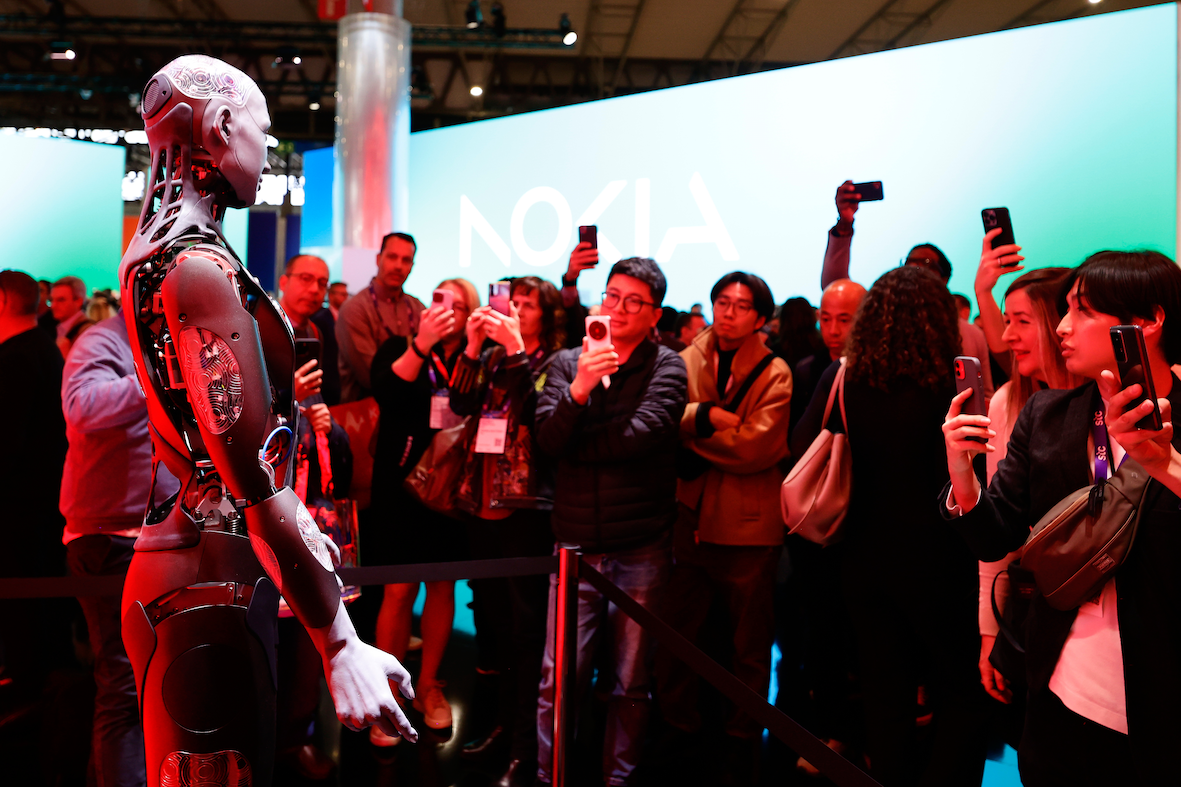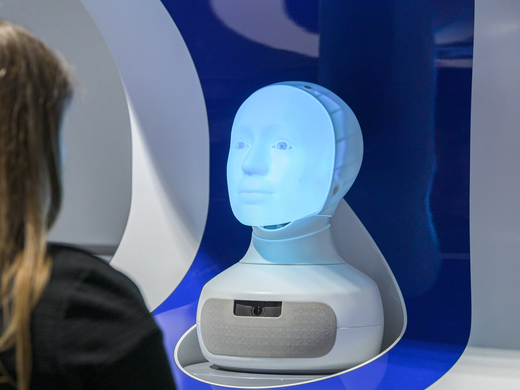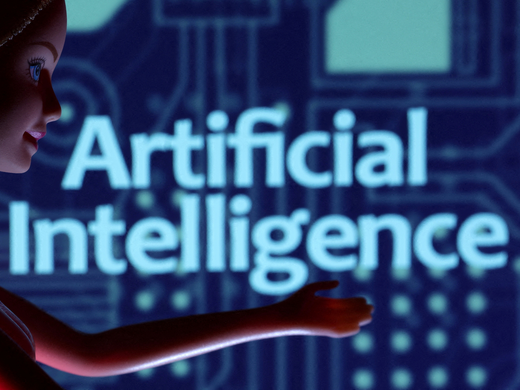Technological advancements have accelerated the rate at which the global workforce is changing. Generative artificial intelligence (AI) has supercharged and is fast-tracking this rate of change. The question arises as to what can be done to minimize the socio-economic impact on the world.
It is believed that AI will create immense economic and social windfalls due to enhanced productivity and social well-being. A PwC global AI study predicts that the total economic benefits from AI and automation could add up to $15.7 trillion to the global economy by 2030; however, this comes with a high cost to employment due to job displacement and replacement.
Today, generative AI is emerging as an effective productivity booster of the Fourth Industrial Revolution. The World Economic Forum identified productivity enhancement as a key driver for potential economic growth, with a strong correlation between AI usage in the workplace and greater productivity.
Worker displacement commenced well before the latest developments in AI (for example, the personal computer and then the iPad rendered the receptionist position virtually obsolete). Some studies have shown that adding one robot to a manufacturing process displaces an average of 6.6 positions. According to Oxford Economics, a research organization, robots could replace up to 20 million jobs globally by 2030. Goldman Sachs, a US investment bank, published a 2023 report estimating that AI could impact 300 million jobs globally due to automation.
There is a further compounding effect on jobs. Driverless cars, for example, will not only eliminate the need for a driver, but also, due to reduced accidents, mean less need for downstream services from police, medical and auto repair personnel.
The introduction of generative AI has changed the workplace landscape. Whereas automation focused primarily on blue-collar workers, generative AI is impacting white-collar jobs in areas that were previously immune to automation, such as auditing and marketing.
To appreciate the impact of generative AI on the workforce, consider that any job that can be described as a single-purpose, repetitive task, such as service support at many kinds of call centres, will be replaced by generative AI-enabled systems. Jobs that consist of many subtasks will be more challenging to automate; however, with generative AI, they will be performed more efficiently and will achieve increased productivity.
A tsunami of change in work is building now and will likely hit the job market with massive disruptions becoming apparent by 2030. This shift will be a profound challenge for society to manage. There are three key concerns. The first is the rate of jobs being lost and displaced, which is already accelerating. Second, these losses and impacts will be felt across a broad spectrum of professions. Third, all industries will be trying to cope with their own internal accelerating workforce changes. That does not bode well with respect to changing employers as one’s skills will be under threat with all employers. Also, there will be low prospects for new entrants to the workforce coming with traditional skills that may be under threat by generative AI and robotics.
There are market trends that further compound the potential job-loss situation by shifting labour-intensive tasks to consumers, such as booking airline reservations and using self-checkout scanners at brick-and-mortar stores. An even more advanced approach is to sell products that require assembly by the customer. It is said that such companies are increasingly adopting the “IKEA effect” of do-it-yourself, leading to the need for fewer employees in the manufacturing sector and fewer workers in the downstream supply chain such as retail sales and service jobs.
Another trend indirectly related to job losses is the accelerated expansion of the “sharing economy,” which in effect reduces the need for everyone to have their “own thing,” be it a lawnmower, a car or a house. The sharing economy and the direct growth of the “gig economy” are creating trends toward self-employment, often without benefits, leading to greater mobility and the forgoing of property ownership.
There are unintended consequences associated with the increased penetration of AI into the workforce. For example, there is a growing wage gap between the highest-paid, skilled, “super AI-enabled” workers and the lowest-paid workers, which is further polarizing the workplace.
These trends and the potential for substantial job losses have encouraged many community and business leaders to propose a universal basic income through which qualified individuals would receive a fixed income as compensation while in job transitions and associated retraining. But the real question remains: Is society ready to take defensive and corrective action before the runaway AI train roars into the station?



